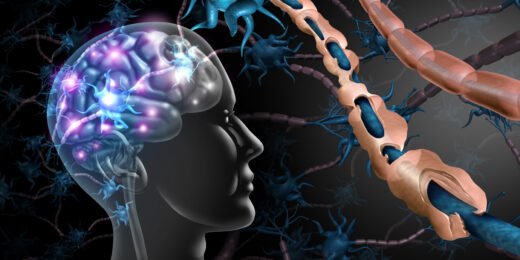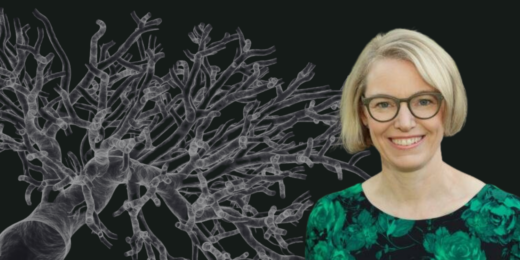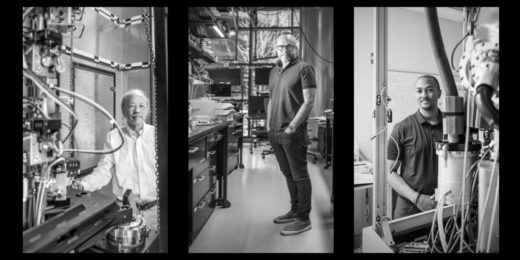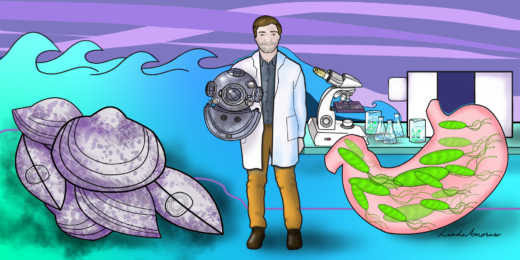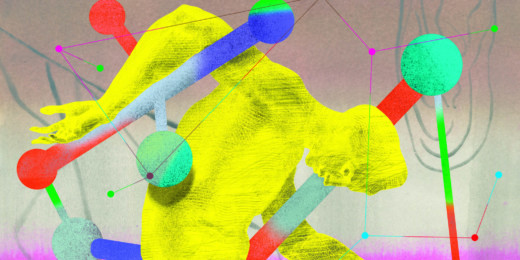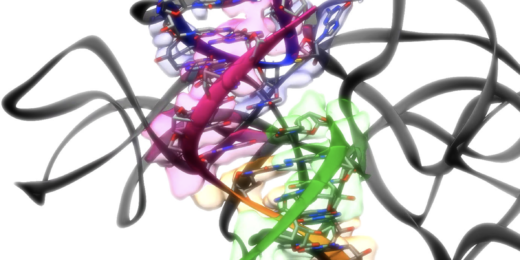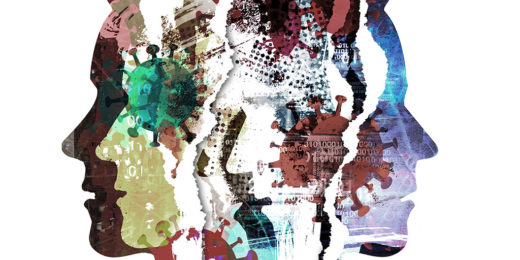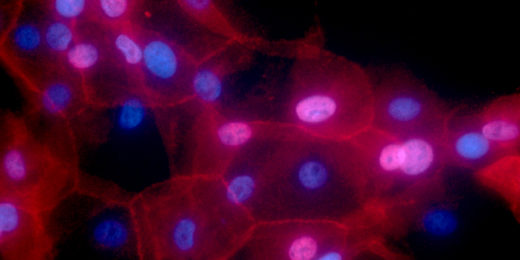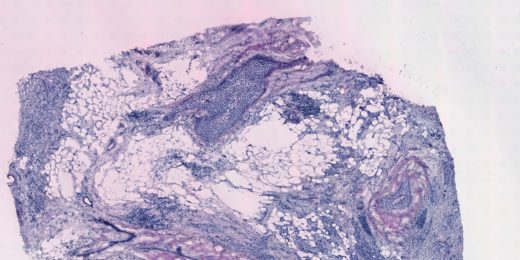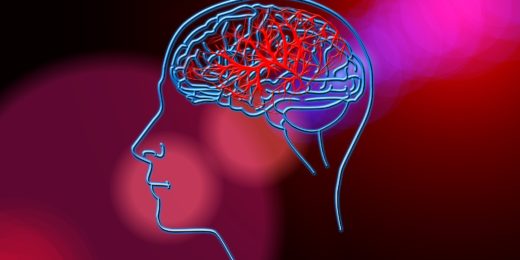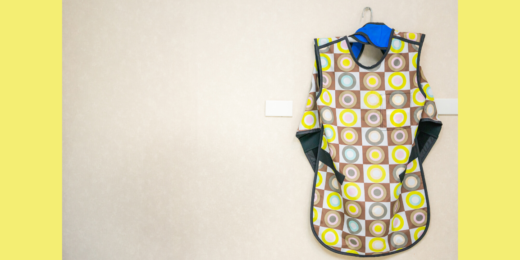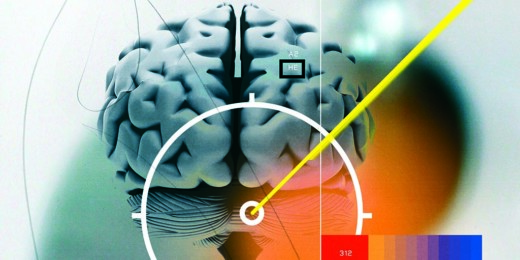Researchers developed a novel way to image inflammation in multiple sclerosis, a disease that is notoriously difficult to diagnose early.
Category: Radiology
Unconventional Paths: Sneaky submarines and super surgeries
Bioengineer Alison Marsden uses computer modeling skills honed on submarines to help surgeons plan the best repairs for babies' hearts.
Molecular movie maker
Researchers are harnessing an imaging technique called cryogenic electron microscopy to design drugs and better understand disease.
Unconventional Paths: From the deep sea to the stomach
Benedikt Geier traverses academic fields in pursuit of a chemical analysis that images the intimate relationships between microbe and host.
Stanford Medicine magazine explores the molecules within us
Stanford Medicine magazine explores the molecules behind human biology and how understanding them fuels medical discoveries and innovations.
Why are smokers at an increased risk for severe COVID-19?
Tobacco smoke blocks airway cells from making a protein that protects against infection by the virus that causes COVID-19.
Finding the fine details, from pond scum to SARS-CoV-2
Researcher from Stanford Stanford have created an imaging technique to view the fine details of RNA molecules.
Study ties teens’ COVID-19 resilience to their ability to navigate life
Stanford research shows that teens who are good at navigating life are less likely to experience anxiety and depression related to COVID-19.
Stanford team improves diagnostics for newborns’ brain bleeds
With changes in ultrasound technology, Stanford researchers have improved the method of diagnosing brain bleeds, a common form of birth injury in newborns.
Cell ‘GPS’ provides real-time look at a single cell’s journey through the body
Stanford scientists have devised a way to use positron emission tomography to watch the movement of a single cell injected into a lab mouse in real time.
‘Instagram-like filter’ labels molecular details in tumor images
Scientists created an algorithm that analyzes a cancer biopsy and pairs spatial information with gene expression to better understand the disease.
Brain imaging for stroke patients dropped off during COVID-19 height
In U.S. hospitals, the frequency of brain imaging for acute stroke patients dipped, suggesting hesitancy to seek medical care for non-COVID-19 conditions.
Physicians re-evaluate use of lead aprons during X-rays
Based on new technologies and improved understanding, physicians are no longer recommending routine use of radioprotective shields for X-ray procedures.
“Microbubbles” and ultrasound bombard cancer cells in mice
Using microbubbles and ultrasound, researchers have created a cancer treatment that kills tumor cells and recruits immune cells to the tumor.
Brain surgery advances — precision targeting
Lasers, heat maps, fluorescence and real-time imaging help guide surgeons who are developing new ways to enhance precision brain surgery.
Stanford Medicine magazine explores the new Stanford Hospital
The new Stanford Hospital is a high-tech place of healing for patients and families, and a place of innovation and well-being for employees and clinicians.


